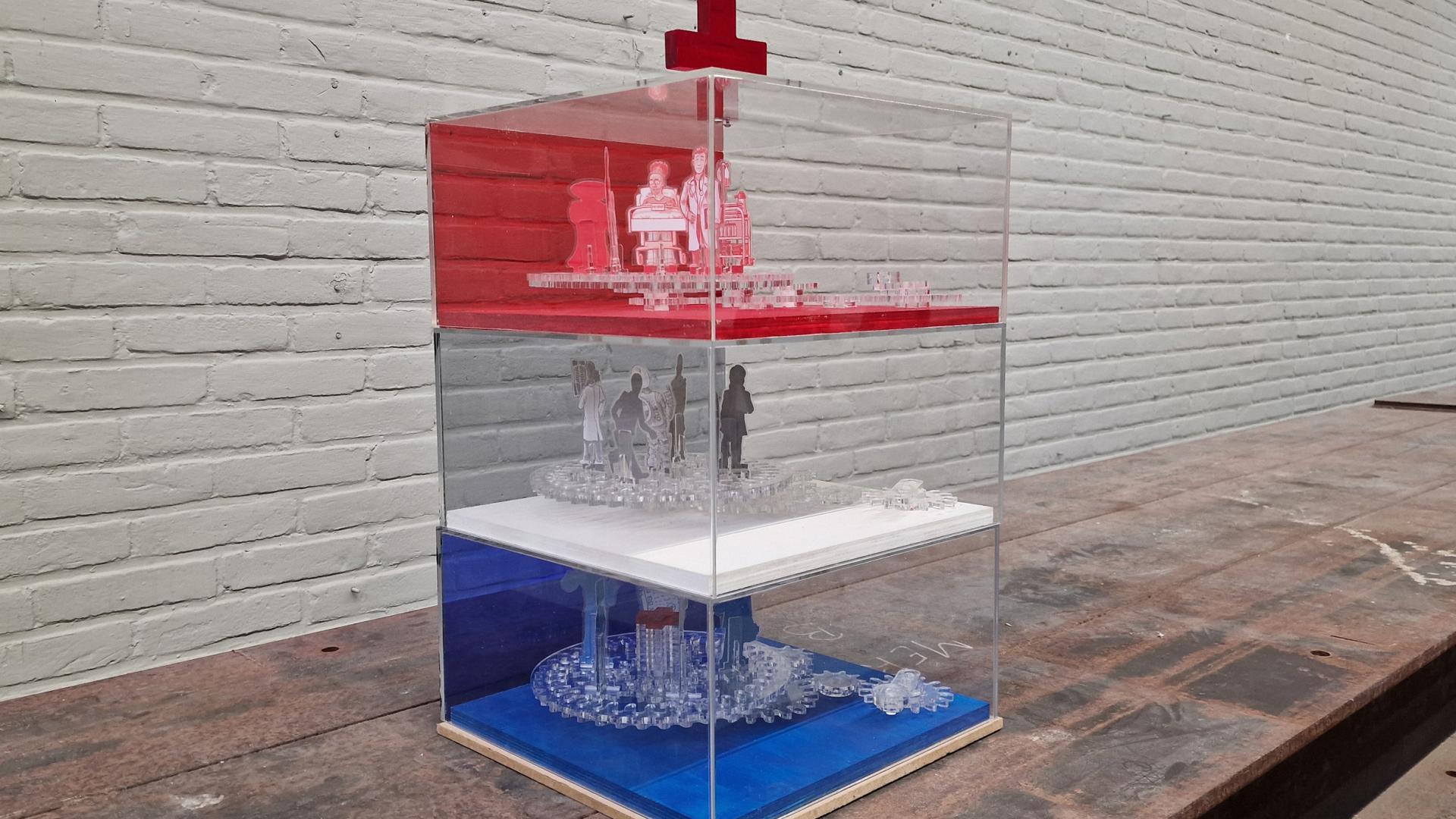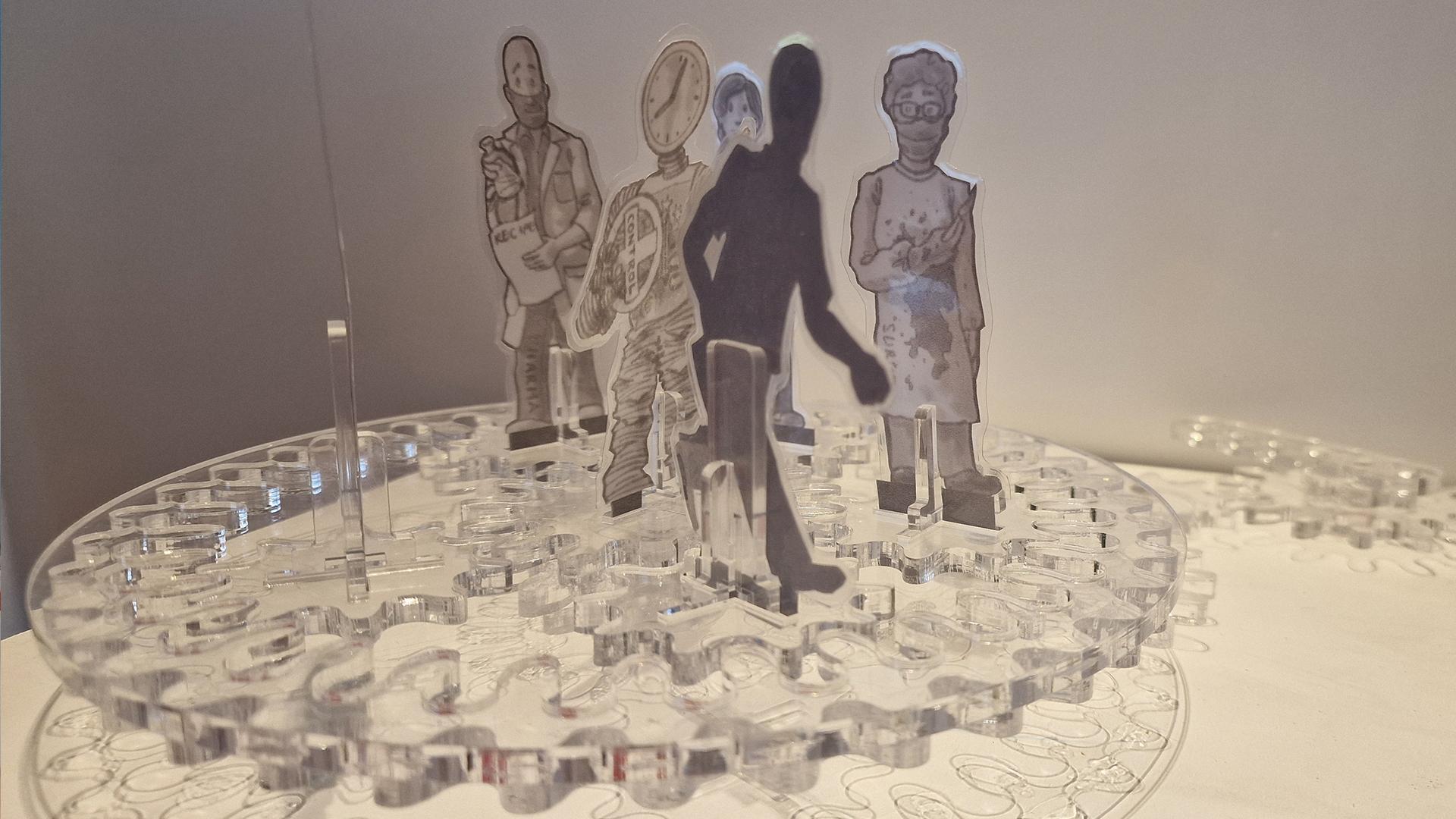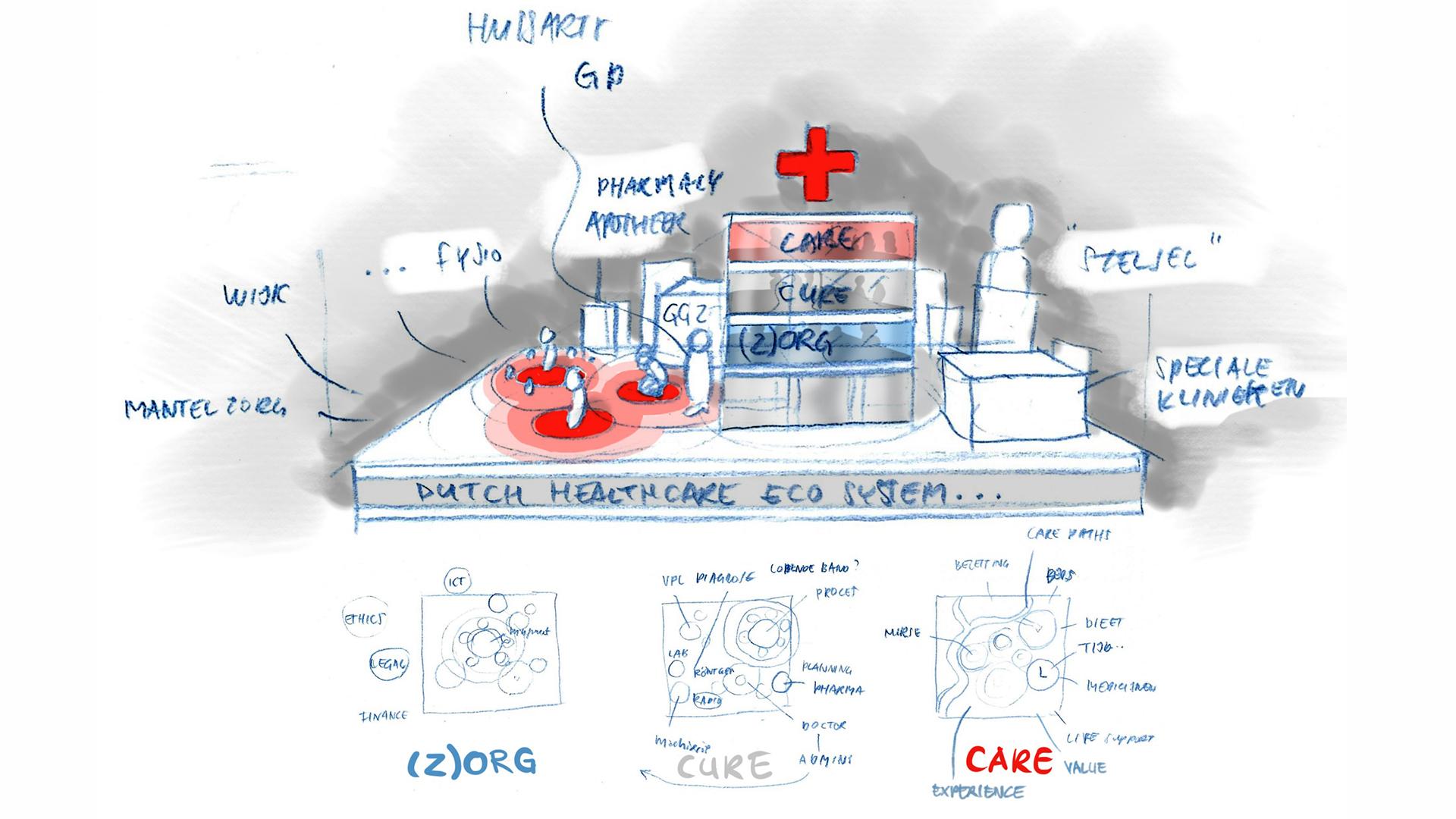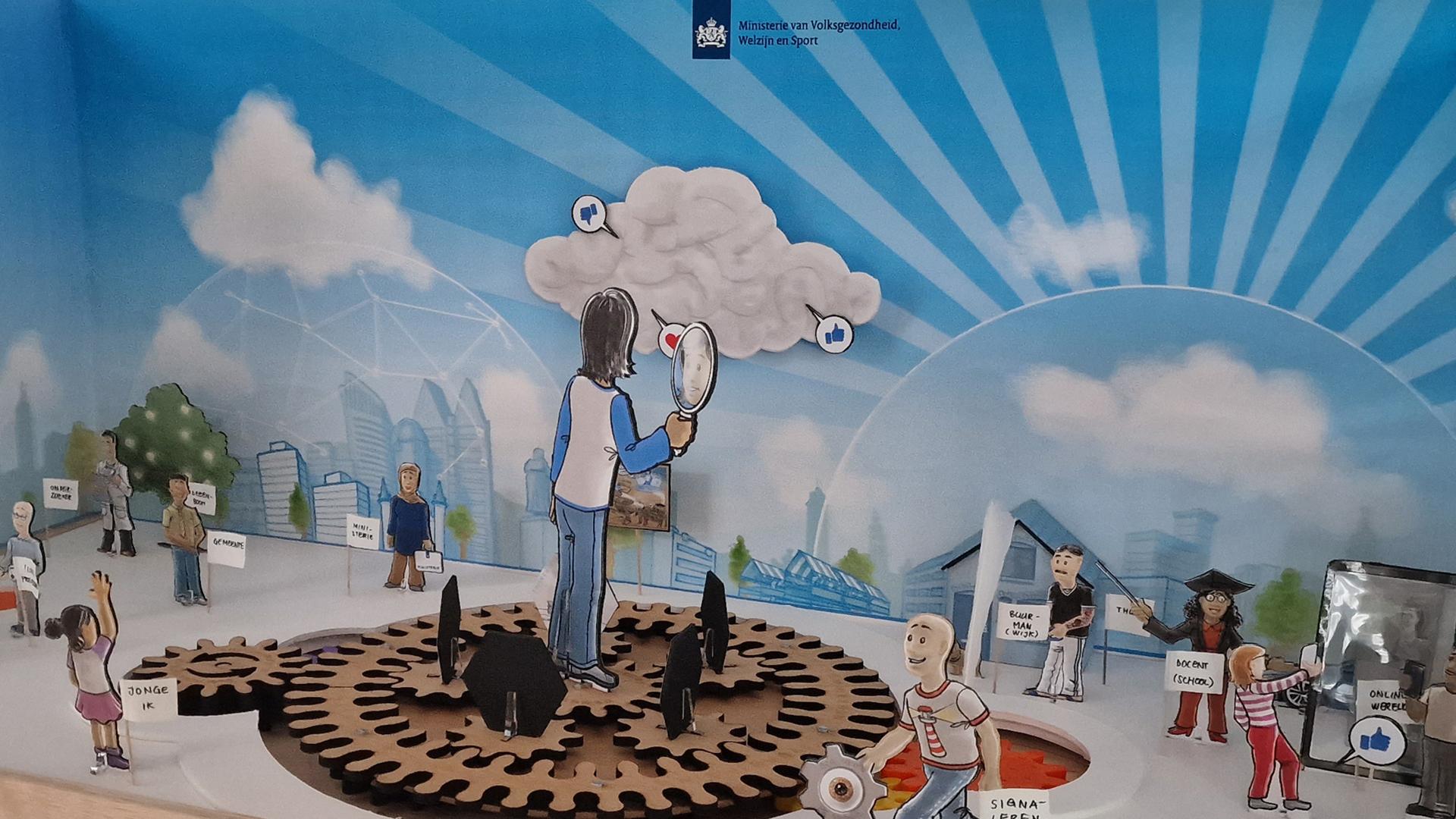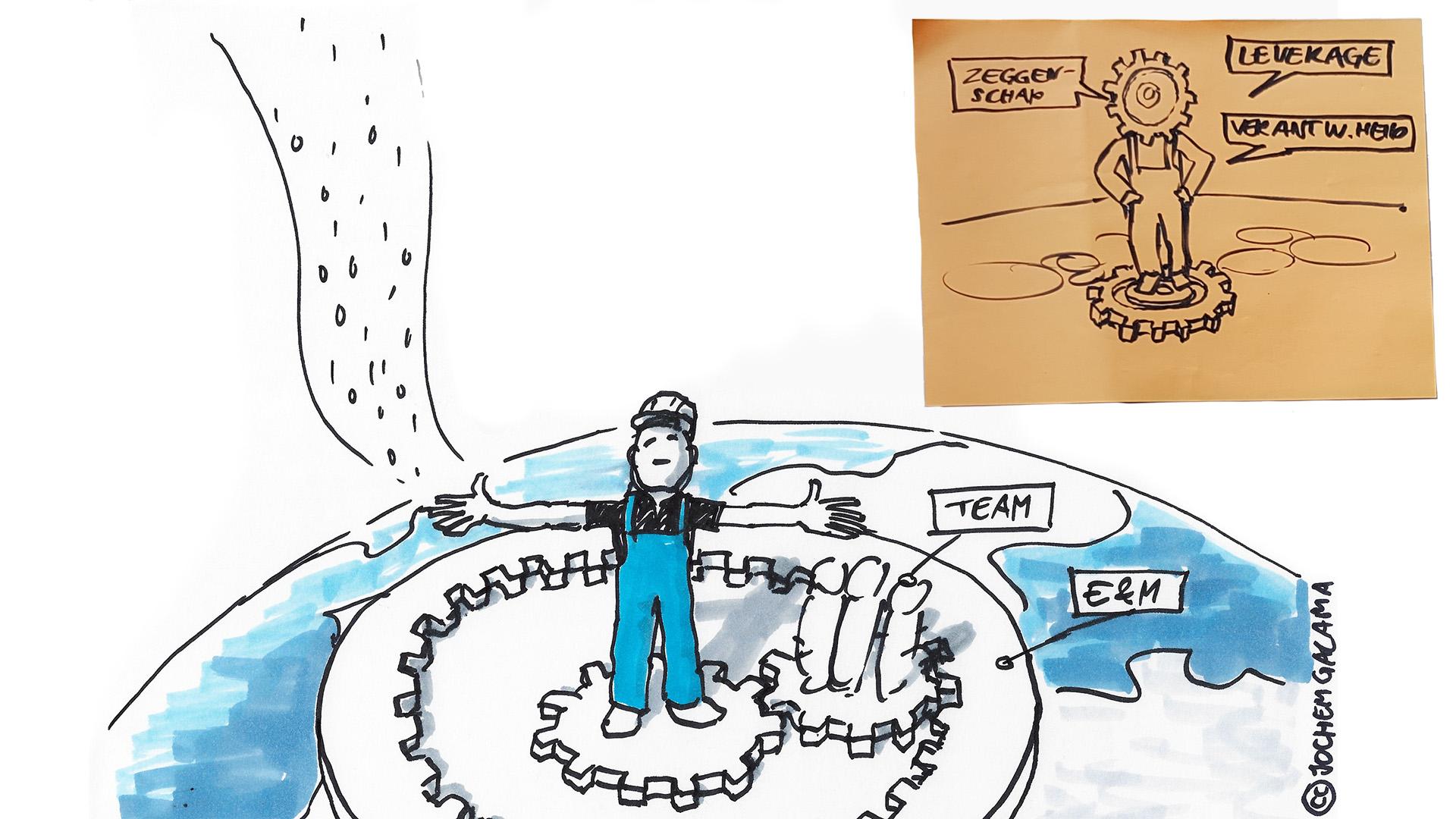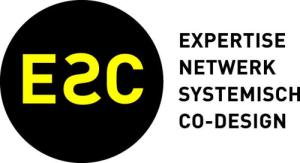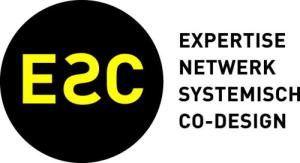Systemic Co-Design session with Mechanical Systemic Twin
Including voices that are usually not heard.... In this morning session, we are going through a small experiential journey to explore systemic co-design and to create a mechanical systemic twin as a research and communication tool to give stakeholders a voice to the system.
We start with a short introduction to the field of systemic co-design and how the Mechanical Systemic Twin evolved out of different projects. For this session, you will be working in small groups with a prepared case of a systemic situation. In the first part of the session, you will co-explore the case, the stakeholders’ perspectives and the systems. During the second part, you will be translating systemic aspects into a physical embodiment to create a mechanical systemic twin of a subsystem. In the third part, we will bring these subsystems together to see how we could improve the systemic functions to create smooth and strong interfaces.
We will end with a short round to evaluate insights and how we perceived this design approach before we have a concluding lunch.
Useful for: design researchers, designers, change-makers, public servants
What is Systemic Co-Design and what is the use of it?
Systemic Co-design is a growing field for designing in, with and in between stakeholders to improve situations and create societal impact. In the Netherlands, ESC (centre of expertise systemic co-design) connects universities of applied sciences on this approach with universities, knowledge partners and businesses as well as institutes.
In our current society, we see a growth of complex, inter-connected cross-over collaboration between the public sector, private sector and civil society with different perspectives and objectives or even conflicting expectations without clear steering structures. In this “dance”, aspects like decision making, attributing means or time usually end in a forced outcome led by unequal powerplay. Parties involved in these processes are usually unaware of the many issues and constraints limiting the flexibility of others to adapt or move.
In Systemic Co-Design processes, designers act as intermediaries who facilitate the exchange of perspectives, foster mutual understanding, and uncover underlying systemic drivers and complex interdependencies.
What is the Mechanical Systemic Twin and how did it evolve?
The “Mechanical Systemic Twin” is the outcome of a call for knowledge products that showcase Systemic Co-Design by ESC (Expertisenetwerk Systemisch Co-Design).
The idea originated in a project for KLM, where I wanted to give employees insight in their contribution, agency, leverage and impact in a large, complex organization and make a connection between the different worlds inside. A visual design intervention functioned as a "visual twin," exposing cross-silo borders and systemic pain points.
Years later, a project for VWS gave me the opportunity to dynamically convert a visual outcome into a physical 4D version.
The call from ESC gave the spark for the next iteration, where stakeholders can investigate their feelings in, with and between systems, and physically express it. This creates a mechanical, systemic copy, bottom-up and from the inside out.
Many descriptions of how people feel within a collaborative situation use mechanical imagery: pressure, stress, friction, counterforce. Hence the metaphor.
The method can be combined with LEGO serious play.

 Free wifi available
Free wifi available
 Toilets available
Toilets available
 Fully wheelchair accessible
Fully wheelchair accessible
 Wheelchair friendly toilet available
Wheelchair friendly toilet available
